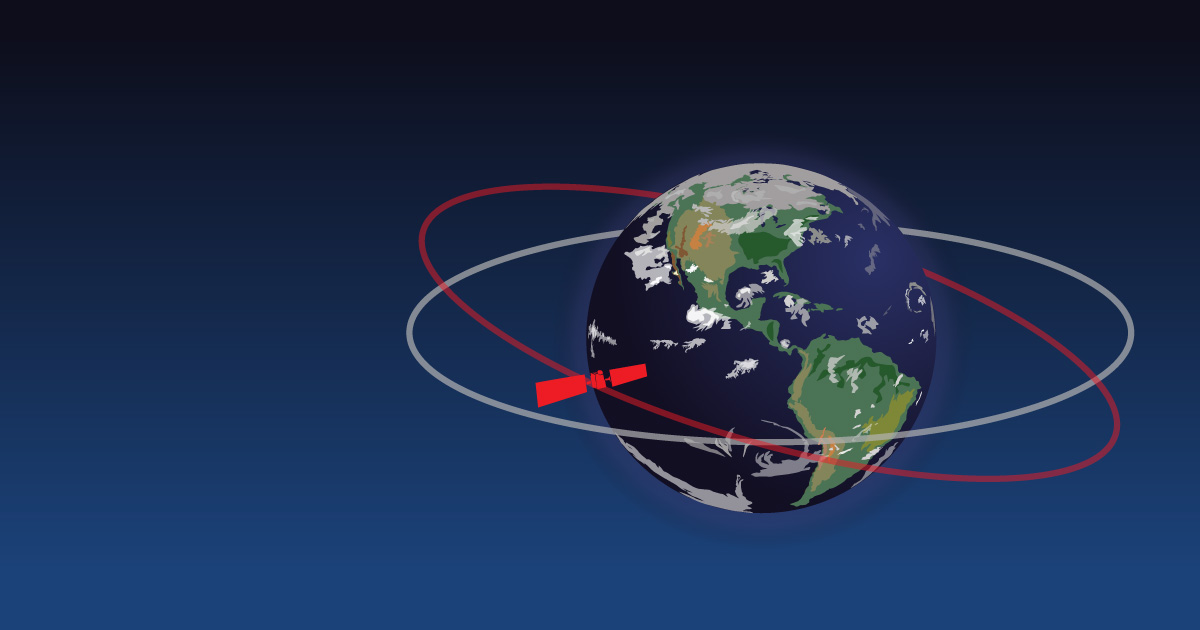Setting up CARA for a new mission
CARA support is an Agency service provided via NASA Mission Directorate funding for NASA missions. The funding level is reviewed and approved yearly by SMD, and missions will receive the services agreed-to and paid for by SMD. These services are defined in the NASA Procedural Requirements (NPR 8079.1) NASA Spacecraft Conjunction Analysis and Collision Avoidance for Space Environment Protection”. Missions desiring support in addition to those provided as part of the baseline HQ-funded service can request additional services for a fee assuming available CARA resources to perform the services.
Conjunction Assessment Operations Implementation Agreement (CAOIA)
For each mission that receives services from CARA, a CAOIA is formulated and signed between the CARA team and the specific mission. The purpose of the CAOIA is to define any data and information exchanges between to the two teams, the mechanism(s) for that exchange, and the cadence / frequency of exchange. Each CAOIA is tailored to the covered mission and includes any mission-specific requirements. The CAOIA should be signed 12 months prior to launch to ensure that any product exchanges with CARA are defined and agreed to prior to the mission ground software development completion. The CARA Operations Team maintains a template CAOIA containing all the relevant information about the process. That template should be obtained and used in preparing the mission CAOIA. In general, the CARA-Mission CAOIA includes, but is not limited to:
- Mission Overview, including nominal orbit and orbit maintenance plans
- Mission data provided to CARA (e.g. predicted ephemeris, covariance, maneuver notification)
- CARA data and services provides to the mission (e.g. CARA Summary Report, High Interest Event notifications & information, etc)
The CAOIA review process follows the following steps:
- Mission obtains the latest template document from CARA
- Mission personnel fill in pertinent details specific to the mission
- Iterate draft CAOIA between missions and CARA until all information has been defined completely
- Final review by CARA
- Proceed to signatures
- Can update CAOIA after signed with new revision as needed
Products Needed (Ephemeris, Covariance, Maneuver Notification)
Each mission routinely provides an ephemeris, or file containing the spacecraft state and specific time increments, to CARA. This ephemeris is transferred to the CARA Orbital Safety Analysts at the 18th SDS (Space Defense Squadron), facility at Vandenberg AFB for screening, i.e. the identification of close approaches. The ephemeris format, duration, time-step, and delivery frequency are mission-specific and defined in the CAOIA. Typically, these files are delivered daily and span seven to ten days in duration. CARA can accept many formats and convert them to the format required by the 18 SDS; however Consultative Committee for Space Data Systems (CCSDS) Orbit Ephemeris Message (OEM) v2 or 18 SDS native format is preferred. The routinely provided nominal mission ephemeris should include any planned maneuvers within the duration of the ephemeris. For some missions or during periods of high interest, multiple ephemerides can be provided for screening to evaluate multiple potential maneuvers, no-burn cases, or potential maneuver variations due to modeled maneuver performance variations (hot/cold maneuvers).
Similar to the ephemeris data product, CARA also requires missions to provide a predictive covariance file. The purpose of this product is to allow CARA to compute a collision probability based on the Owner/Operator ephemeris and covariance data. The format details are to be defined in the CAOIA, but it is necessary to have the predictive covariance file at the same time-step cadence as the ephemeris. Moreover, the covariance should be provided from the same orbit determination process that produces the epoch state and propagation to produce the ephemeris.
Although the CARA software has the capability to detect maneuvers in an ephemeris, with the diverse set of missions and maneuver capabilities, that capability is intended for quality assurance purposes. As such, CARA prefers that each mission notify the CARA Operations Team as soon as a maneuver time is known or, at minimum, when it is modeled in the ephemeris. For each maneuver notification, CARA would like the maneuver time, size, and type to be reported.
Data Distribution Restrictions
In order to receive any CARA data derived from 18 SDS data, each individual must provide proof of US citizenship or US permanent residency status via their agency’s or company’s Security Manager.
CARA reports containing 18 SDS-provided data or analysis derived from 18 SDS-provided data are not redistributable. Permission to redistribute data or otherwise publish data or analysis derived from 18 SDS data must be requested from 18 SDS via an Orbital Data Request (ODR). Current ODR forms can be found at https://www.space-track.org/documentation#/odr-examples_form


























